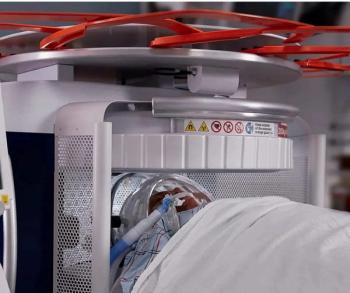
MRI Modification Could Change MS Diagnosis
New MRI method could lead to faster, more accurate multiple sclerosis diagnosis in the living brain.
Researchers from Stanford University have developed a new way for using MRI that could change how doctors diagnose neurological conditions, such as multiple sclerosis.
An interdisciplinary team measured the volume of large molecules – macromolecules – inside each cubic millimeter of brain tissue, determining the macromolecular tissue volume (MTV). Each brain area has a different MTV. Small amounts of MTV can be found in every voxel, the 3D-elements that comprise MRI images.
With a team of neuroscientists, radiologists, and chemical engineers, Aviv Mezer, postdoctoral scholar in psychology, and his colleagues adjusted their method with a physical model – a radiological “phantom” – filled with agar gel and cholesterol to imitate brain tissue in MRI scans.
According to Mezer, using MRI to determine MTV values produces similar MTV measurements that had previously only been available post-mortem. The study author refers to it as a new diagnostic tool – a new way to observe the living brain.
The study was funded by the National Institutes of Health and appeared in the online version of
The team tested their use of MRI with patients with multiple sclerosis. Traditionally, doctors use qualitative – and slower – MRI scans to assess the disease progression. By modifying the existing method, the team developed a faster strategy that can gather quantitative MRI measurements and analyze changes in the myelin sheath that protects neurons.
Using five MRI machines, Mezer and his colleagues compared the myelin volumes of patients with multiple sclerosis and those without the condition. Results from all machines identified lower myelin levels in those with multiple sclerosis. The team is continuing to track MTV values.
Newsletter
Stay at the forefront of radiology with the Diagnostic Imaging newsletter, delivering the latest news, clinical insights, and imaging advancements for today’s radiologists.


























